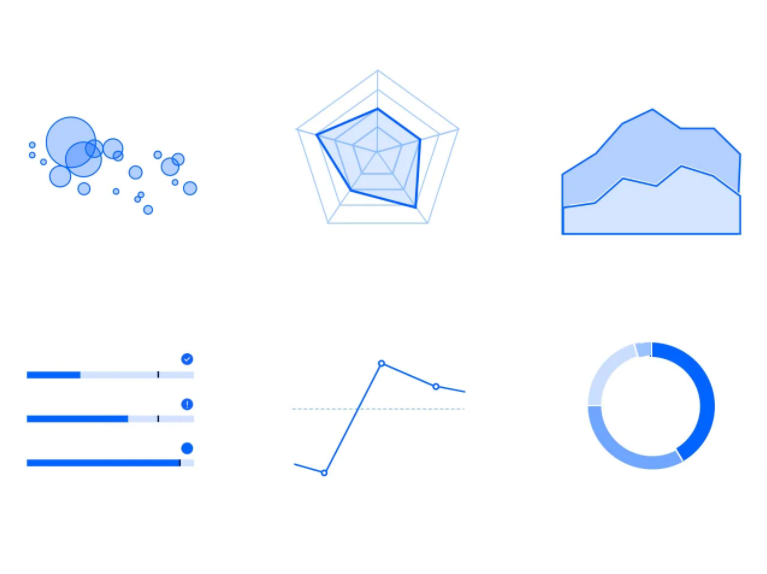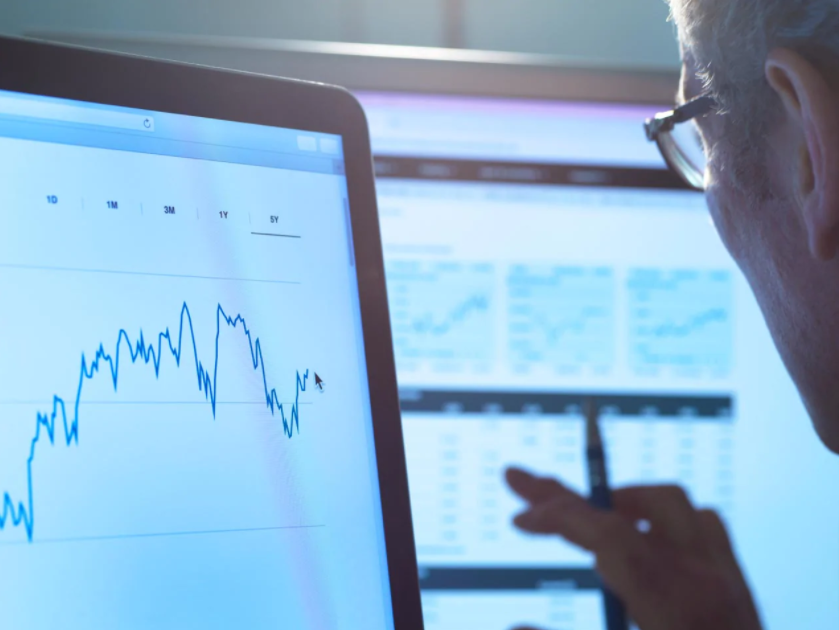What is Business Analytics?
Business analytics is a set of automated data analysis practices, tools and services that help you understand both what is happening in your business and why, to improve decision-making and help you plan for the future. The term “business analytics” is often used in association with business intelligence (BI) and big data analytics.
Benefits of Business Analytics Solutions
As data volumes increase, it’s nearly impossible to quickly and accurately process business data and spot hidden trends, patterns and business drivers. Modern planning analytics solutions can help customers experience 80% faster processing time.
Combine data across all sources to put insights into action faster, and automate your planning and analytics processes to save time and labor. Customers using planning analytics solutions have saved more than USD 1 million on streamlining their budgeting process.
Predictive analytics let you forecast results and optimize outcomes. Test scenarios before implementing plans to see the potential impact of your decisions. Business analytics solutions give you the agility to alter plans and respond to changes with ease.
Business Analytics Lifecycle
The business analytics lifecycle helps organizations use data and information technology to identify what happened, why it happened and what to do next.
Planning Analytics


Descriptive Analytics
Self-service business intelligence tools make it possible for everyone, from individual contributor to executive, to get a snapshot of business performance. However, it’s critical to know that you can trust your data visualization tools and avoid acting on false insights. As the size of data sets increase, experienced analysts use automated tools to execute SQL queries, clean and combine multiple data sets. Data visualization is used to share trends and track KPIs.
Diagnostic Analytics
Exploratory data analysis techniques make it easy to find relationships hiding in your data and identify real business drivers. Uncover what happened, and then determine exactly why it happened. AI-infused business intelligence solutions allow business users, business analysts and data analysts to easily apply data science algorithms, find unbiased insights at speed, and improve business decisions.


Predictive Analytics
Self-service analytics tools have taken advantage of AI and machine learning to help business users and business analysts, not just data scientists, predict what will happen next by analyzing historical data and identifying patterns. Statistical analysis, Python programming and data mining are just some of the advanced business analytics techniques used to predict outcomes.
Prescriptive Analytics
Prescriptive analytics helps you manage and allocate resources more efficiently and effectively by harnessing the power of optimization engines and statistical methods to sift through millions of possible alternatives and recommend the best decision. As you complete the business analytics lifecycle multiple times, you’ll begin to achieve new innovation driven by data.

